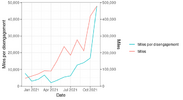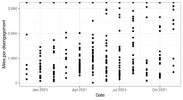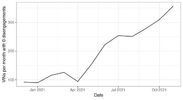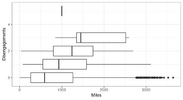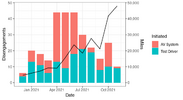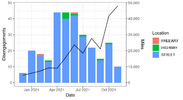diplomat33
Average guy who loves autonomous vehicles
Isn’t it easier to change the business model to adopt to the current tech ?
Sure you could do that. But if the tech has not yet achieved the safety Waymo wants for driverless at scale then what business model do you think would work? IMO, there would only be two options: Waymo scales ride-hailing but with safety drivers. That would be very costly since Waymo would have to pay all the safety drivers. And the bigger the fleet, statistically, the chance of accidents, even with safety drivers, goes up. A serious accident with the public riding in the car would be very bad PR. Or you only deploy ride-hailing in limited geofenced areas where you know the driverless is good enough but that limits your customers. So IMO, it makes the most sense for Waymo to "solve the tech" first before scaling. If they can get the FSD safe enough in a large enough ODD, then they can scale driverless and reach enough customers to turn a profit. And remember that Waymo does not have to solve FSD everywhere. They only need to solve FSD for a big enough ODD to reach enough customers, enough to turn a profit. I think that is why they switched their focus to NYC. If they can do driverless in dense urban driving, it opens up a big enough ODD to make a profit. Waymo would still geofence the ride-hailing but they could widen the geofence to denser urban areas with more customers.
Furthermore, Waymo's philosophy is that the driver should be removed from the equation. They don't trust FSD with driver supervision because of the experiment Google did way back in 2012 with their "hands off" highway driving system where the drivers were caught on camera slacking off. That's the whole reason Waymo is so focused on L4 in the first place.
Last edited:



